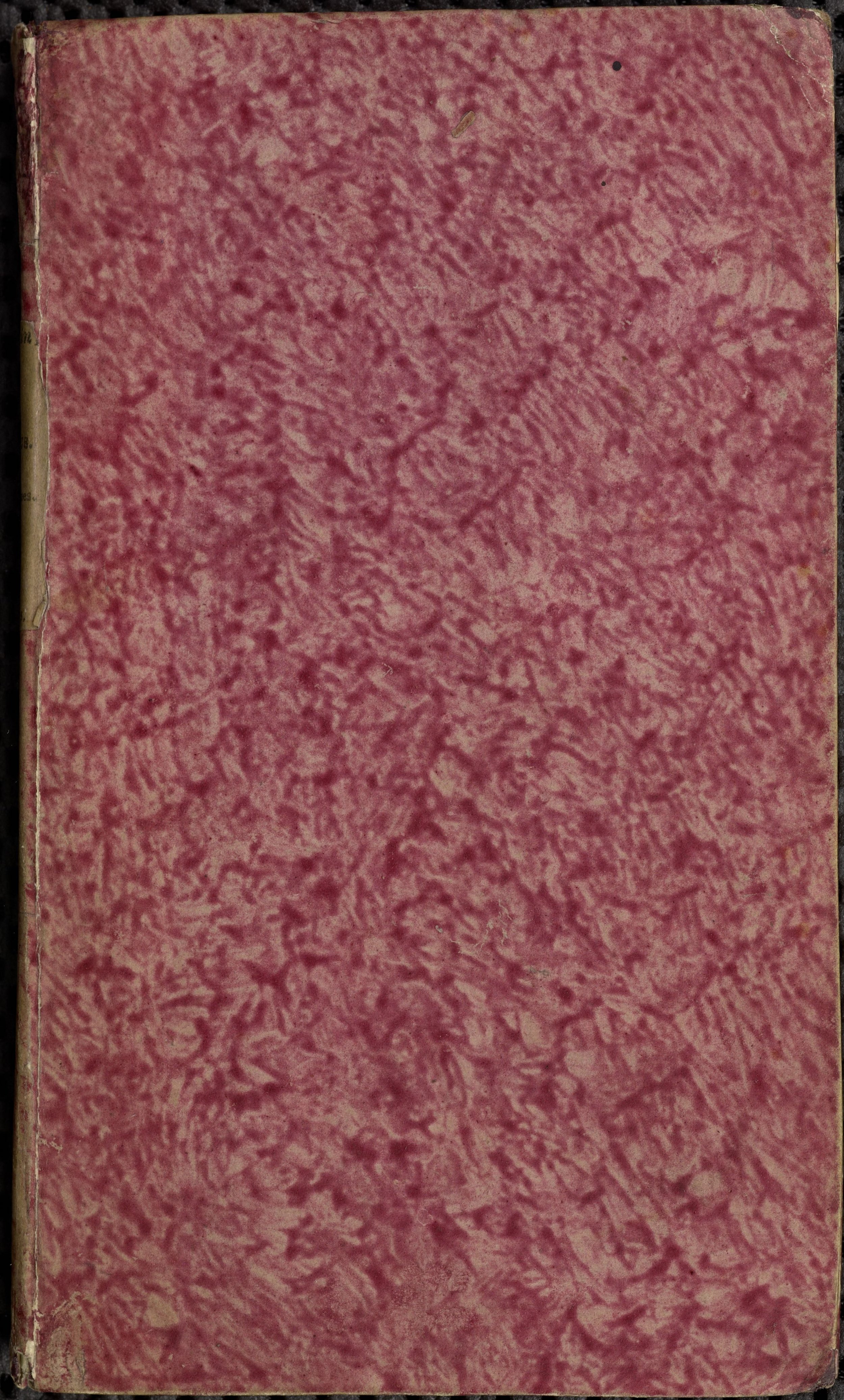
We seek to involve people from all backgrounds, disciplines, and experiences, building a diverse and inclusive community.
Part of this engagement is a desire to recognize those who have made outstanding contributions to deepening the study and appreciation of Keats, the Shelleys, and the writers of their era within and beyond the academy.
Community Initiatives
While the Association has traditionally supported scholarship on its writers through publication of the Keats-Shelley Journal, its MLA panel and awards dinner, and its public May Members’ Meeting, its outreach has always extended to early career researchers as well as librarians, teachers, and humanists of all sorts.
You can find more information about our public programing such as the Frankenreads Project on our Projects page, please read below for details on our Pforzheimer Grants for junior scholars and independent, our Essay Prize, our Distinguished Scholar Awards, our Buice Travel Grants, our Social Media Outreach, and a developing initiative for K-16 learners.
Pforzheimer Research Grants.
The Pforzheimer Grants are awarded each year to support research in Romantic-era literature and culture. Preference is given to projects involving subjects featured in The Keats-Shelley Journal, the Association’s annual publication, including projects engaging race, empire, gender, class, and global Romanticisms. Advanced graduate students, untenured faculty, and independent scholars working outside the academy are eligible.
The Bill and Stuart Buice Fund.
The Bill and Stuart Buice Fund provides for one or two bursaries per year to be used to defray the travel and housing expenses of graduate students, independent scholars, or assistant professors without other means of support who wish actively to participate in K-SAA conferences or symposia.
Mentoring Program.
The Mentoring Program is designed to aid junior scholars in the crucial early stages of their academic careers. The Mentoring Program aims to formalize one of the Association’s most important features–the exchange of expertise and practical professional information between junior and senior scholars.
Social Media Outreach
Our social media feeds have large and active followings, and we’ve initiated such new special series on our blog as “Rethinking Romanticism,” “What Are You Reading,” and an exploration from multiple perspectives of Romantic-era responses to the long history of slavery, empire, and colonialism, as well as a two-part virtual roundtable “Towards an Anti-Racist, ‘Undisciplined’ Romanticism. Crucial to implementing these programs is our yearly cohort of Communication Fellows, early career scholars who help shape our voice, outreach direction, and diversity and equity initiatives.
Mentoring Program
We are committed to bringing more junior and senior scholars into mutual conversation and to offering concrete support to the rising generation of scholars.
Please contact Stephen Behrendt (sbehrendt1 [at] unl [dot] edu) to apply to be a protégé, to volunteer to be a Mentor, or to ask questions about this program.
Stuart Curran Symposia
An annual symposium dedicated to serving the professional and public communities invested in the writers of our period and named after Stuart Curran for his brilliant, decade-long leadership as President of the K-SAA, during which time he initiated the Symposium series.
Information about upcoming and past symposia can be found on the Romantic Bicentennials Website under “Commemorative Events.”




